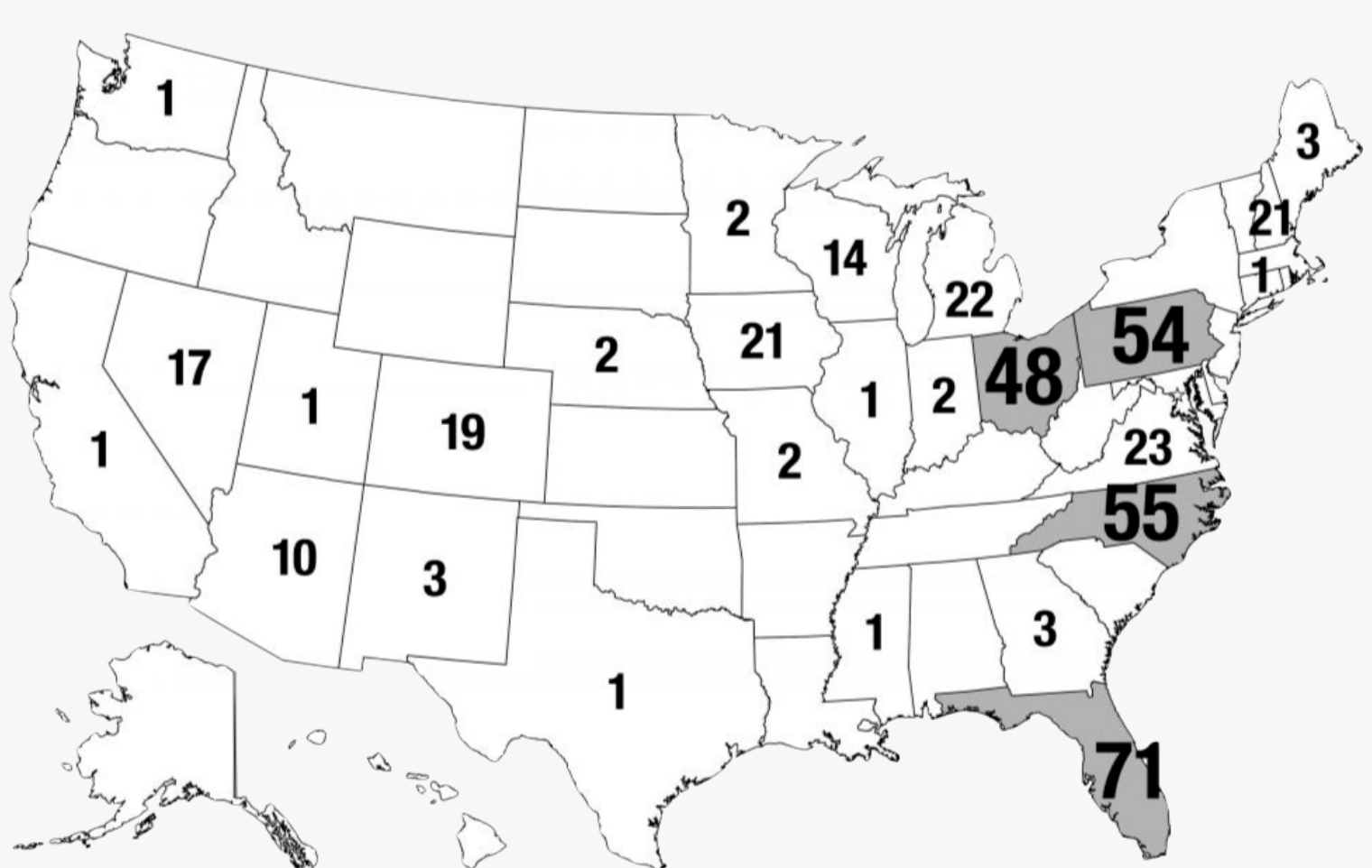One speculation about the national popular vote is that it could permit someone to win the presidency without gaining a large fraction of the popular vote.
Another way to say this is that the national popular vote could give a third-party a chance to be more than a spoiler like Nader in 2000 or Perot arguably in 1992.
Therefore, arguably, the Electoral College is useful because it creates a majority by the terms of the Constitution. If there is no majority in the Electoral College the selection process moves to method number two, which is choice in the House of Representatives. If no one obtains a majority of delegation votes there, then the Senate picks the president.
So goes the claim.
Let’s unpack it.
First, the supposition is that a majority in the Electoral College creates legitimacy even if underlying it there is no majority in the popular vote. Indeed, the loser of the popular vote can garner that majority.
It is difficult to know what to say about an argument premised on the view that a loser of the popular vote gains legitimacy through a selection system that ignores the popular vote. Isn’t this dread circularity? And who is supposed to concede that legitimacy? Certainly not the voters and yet aren’t they the only relevant audience? Remember, under our current system, it is possible for a candidate to win a two-party race while getting as little as 23% of the popular vote.
Second, if we assume that instead of two major parties, three or four or five or six each gain meaningful shares of the total, then it is unlikely any candidate wins a majority of electors, and so the House selects the president on a state by state vote. But if multiple significant parties exist then the House has already divided into multiple blocks akin to many parliaments. The likely outcome is that no candidate wins 26 delegations as required.
Then the Senate decides. There disproportionality rules. States with tiny fractions of the populace can play the deciding role. Legitimacy is not the outcome.
Third, this speculation presupposes that major third parties and fourth parties and fifth parties would come out of nowhere to nominate viable presidential candidates. That’s crazy.
History indeed shows that and political parties do not last forever. Famously the Republican party once was a new thing competing for preeminence.
But the job of winning the presidency through the national popular vote in big America requires resources of vast scale. The barriers to entry for a spoiler party with the electoral college system are trivial. But the threshold cost for a serious third-party candidate to win the necessary minimum of 34% of the vote in a three-person contest is so high that in fact the national popular vote system would not permit the existence of more than two or three viable major parties, and it would require any or all of these parties to create big tents containing multiple factions. Compromises would have to be reached within the parties for them to achieve national scale. It would be impossible for a winning party to be mostly a one race, one language, one ethnicity, dominantly single gender, nativist block. Not saying that exists, but doesn’t the electoral system enable that option?



